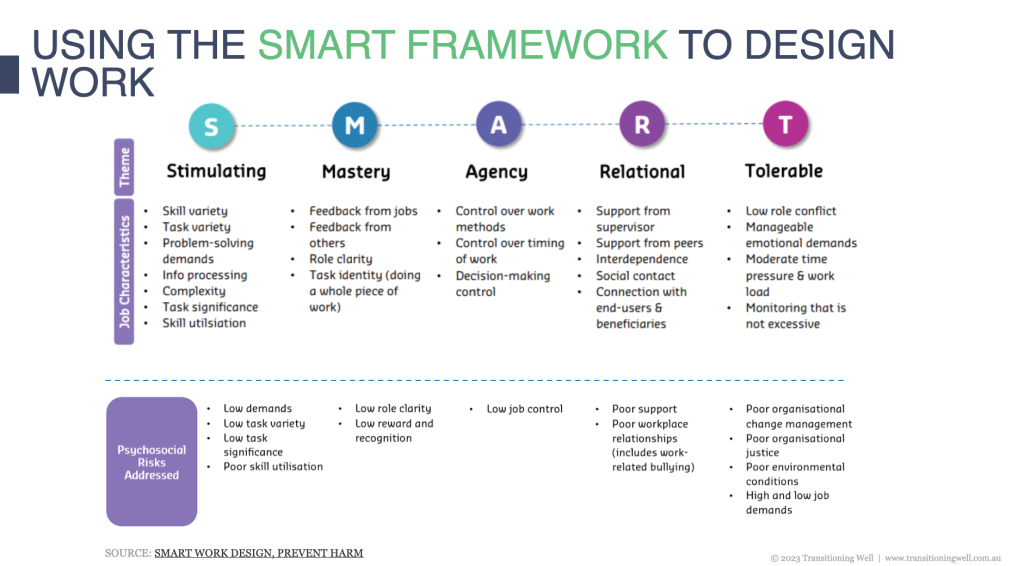Designing good work for working parents
Picture this: You’re a working parent managing two school-aged children. Your phone buzzes. Another class WhatsApp message – one of 2,914 you’ll receive this year.
“Parents, brace yourselves,” warns Georgie Dent, CEO of The Parenthood. Beyond those relentless messages lies an even bigger challenge: “1,244 invisible admin tasks — planning school pickups, managing extracurriculars, booking medical appointments.” Add it all up, and working parents are performing three months of unpaid, unseen labor on top of their regular jobs. The price tag for this invisible work? A staggering $10,990 at minimum wage.
This invisible mental load is crushing working parents worldwide, manifesting as a constant cycle of stress, overwhelm, and guilt. While the landscape of work has changed in the last few years, the challenge of managing this unseen labour alongside professional responsibilities remains unsolved. The post-pandemic era has ushered in lasting changes to how we think about work, family, and the integration of both—but has it done enough to address this hidden burden?
Not really.
For all our modern progress, we still aren’t setting up parents to flourish at work. But wouldn’t it be great to set up working parents for success rather than failure?
We can, and that’s where role design comes in.
Organisations today are responsible for addressing and mitigating workplace psychosocial hazards—including role design. Psychosocial hazards refer to work aspects that can harm employees’ psychological health and wellbeing. These hazards include workplace stress, bullying, harassment, excessive workload, and inadequate support systems.
Role design is the secret sauce to keeping your working parents engaged and happy. Ok, onsite childcare, autonomy and flexibility go a long way too.
What is role design?
Role or job design refers to the duties and tasks required to perform a role and how those tasks and duties are structured and scheduled.
Role design helps to determine what tasks are done, how the tasks are done, how many tasks are done and in what order the tasks are done.
Principles of good role design:
- Actively involve the people who do the work.
- Engage decision makers and leaders.
- Identify hazards, assess and control risks, and seek continuous improvement.
- Learn from experts, evidence, and experience.
Approaches to role design include:
Job Enlargement: Job enlargement changes the jobs to include more and/or different tasks. Job enlargement should add interest to the work but may or may not give employees more responsibility.
Rotation: Job rotation moves employees from one task to another. It distributes the group tasks among a number of employees.
Enrichment: Job enrichment allows employees to assume more responsibility, accountability, and independence when learning new tasks or to allow for greater participation and new opportunities.
Work Design (Job Engineering): Work design allows employees to see how the work methods, layout and handling procedures link together as well as the interaction between people and equipment/technology.
The Smart Framework
Using the SMART framework in designing effective work involves setting Specific, Measurable, Achievable, Relevant, and Time-bound goals, ensuring clarity, accountability, and a structured approach that enhances productivity and success in the workplace.
Increase job resources:
- S Provide stimulating work.
- M Provide mastery resources.
- A Provide agency.
- R Foster relational resources.
Ensure tolerable demands:
- T Create tolerable job demands – load and time, emotional, role, cognitive, environment and physical, and relational.
- Create tolerable organisational demands – organisational change, organisational justice and job security.

Why it matters
Returning to work after parental leave can be a daunting prospect, as parents often face the dual challenge of readjusting to professional responsibilities while ensuring the wellbeing of their growing families.
“Supporting parents with their return to work is not just the right thing to do, it’s the smart thing to do,” says our co-founder, Justine Alter.
“Put simply, if you don’t support parents, you will lose them,” she says. “Employees want to know that there’s a culture of support for them. That could mean flexibility, it could mean clear pathways to promotion, or it could be something else entirely. It’s going to be different for everyone. What remains the same is that need for a culture of support. And organisations that don’t offer that, that don’t support parents, won’t attract or retain the best talent.”
What working parents want
Autonomy
When autonomy is incorporated into role design, people are empowered to make decisions, set goals, and determine how they accomplish their work.
Autonomy at work offers several benefits:
- It enhances job satisfaction by giving individuals a sense of ownership and control over their work. This, in turn, contributes to increased motivation and engagement.
- Autonomy fosters creativity and innovation as employees have the freedom to explore different approaches to their tasks.
- It promotes a healthier life-work integration as individuals can tailor their work to better suit their personal needs and responsibilities.
There is a caveat to this — the level of autonomy should be balanced, as excessive autonomy without appropriate guidance or support may lead to feelings of isolation or uncertainty. Striking the right balance in role design, where employees have a reasonable level of autonomy coupled with clear expectations and support systems, contributes to a more effective and satisfying work environment.
Flexible work arrangements
One of the key aspects of crafting role design for returning parents is flexible work arrangements. This may include options such as remote work, flexible hours, or compressed workweeks. Such flexibility supports work-life integration and empowers parents to manage their responsibilities at home while meeting their professional commitments.
Some helpful tips:
- Encourage employees to be open about what they need in terms of work/life integration.
- Curiosity and respect will go a long way when having conversations with employees.
- Ask, don’t assume!
- When considering the needs of working parents, don’t forget about fathers and non-birth parents.



